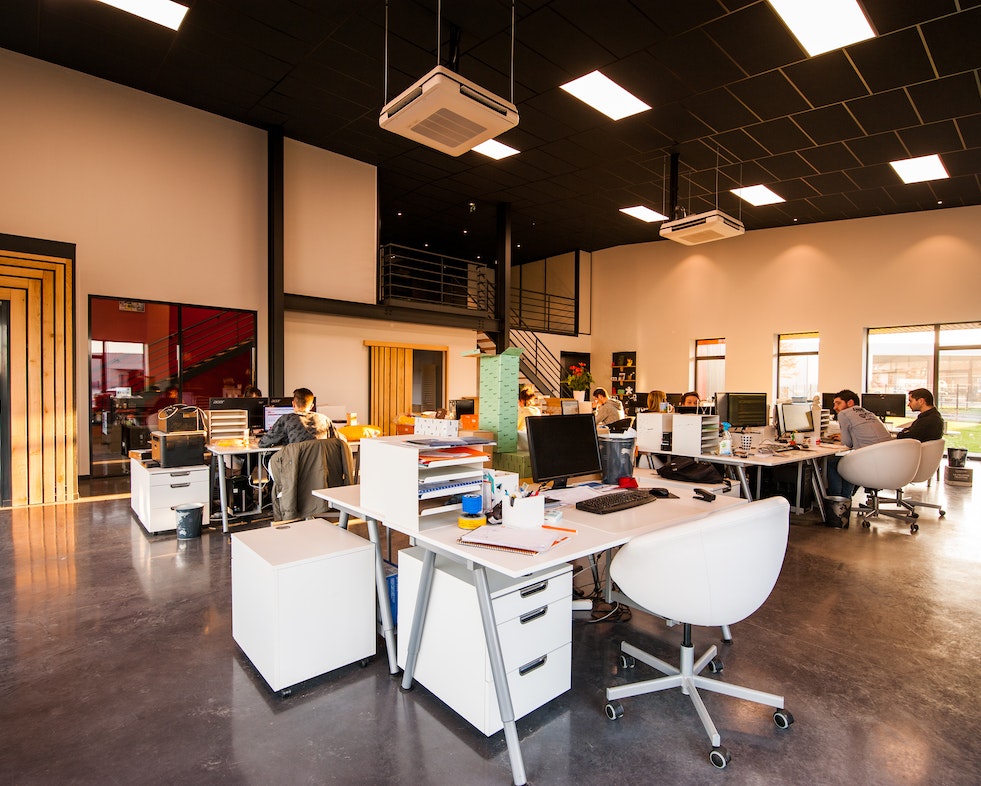A recent survey showed that workers were only going into work 1.5 days a week, with Friday being the most popular day to work from home.
In March 2020, the UK government asked most workers to stay at home and work remotely where possible. Since then, these guidelines and restrictions have been lifted. Workers are now free to go into work whenever they want, but many companies have held onto their hybrid models, allowing employees to work from home on certain days.
Consultancy Advanced Workplace Associates (AWA) surveyed nearly 50,000 people across 43 UK offices, and found that the average weekly attendance was 29%. Their findings suggested that people worldwide are only coming into the office an average of 1.4 days per week. This is less than half of the number of days that people came into office pre-pandemic, which AWA estimated to be almost 4 days per week.
The survey found that in companies with no hybrid working policies, people attend the office less than one day a week, on average. For those organisations who insist people attend the office three days a week, the attendance remains low, at an average of 2.1 days. However, in companies where the employer trusts individual teams to decide their own attendance, the average is 2 days per week.
“What this global survey shows is that as a result of changes due to the pandemic the hybrid working genie is out of the bottle,” says Andrew Mawson, managing director of AWA. “Even where employers try to force staff into the office two or three days a week, employees don’t comply.”
Almost half (47%) of employees said they would look for another job if their employer didn’t offer a flexible working model, according to a survey conducted by Wakefield Research. Envoy estimated that 77% of companies surveyed in April 2022 already offered hybrid work, and of those, 56% are allowing employees to choose when and how often they attend work in person.
Hybrid work is popular because it benefits employers and employees. Employers are able to hire talent from around the world, and potentially even downsize their offices, cutting costs. Employees are afforded a better work-life balance, with the majority (63%) saying flexibility would make them feel more empowered. It can hugely benefit those with children or other dependents, as they are able to balance work with care. It also helps employees stay safe from illness by reducing their exposure.
Working from home comes with its own downsides. These can include feelings of isolation, a lack of interpersonal relationships, and a dilution of company culture. Hybrid work can also expose employers to cybersecurity risks, as personal computers used for work tend to be vulnerable. There is also a lot of research to show that people who work from home tend to work longer hours and take shorter breaks. This can lead to stress and burnout.
Jonny Edser, managing director of Wildgoose, said: “While we’ve all grown used to home working as the pandemic has continued, it continues to present huge challenges in maintaining the right work/life balance.”
